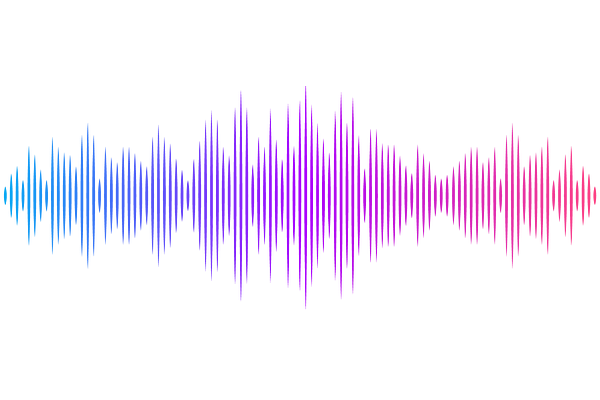Feeders and Expellers, Two Types of Animalcules With Outboard Cilia, Have Distinct Surface Interactions

Feeders and Expellers, Two Types of Animalcules With Outboard Cilia, Have Distinct Surface Interactions
Prakash, P.; Vona, M.; Goldstein, R. E.
AbstractWithin biological fluid dynamics, it is conventional to distinguish between \"puller\" and \"pusher\" microswimmers on the basis of the forward or aft location of the flagella relative to the cell body: typically, bacteria are pushers and algae are pullers. Here we note that since many pullers have \"outboard\" cilia or flagella displaced laterally from the cell centerline on both sides of the organism, there are two important subclasses whose far-field is that of a stresslet, but whose near field is qualitatively more complex. The ciliary beat creates not only a propulsive force but also swirling flows that can be represented by paired rotlets with two possible senses of rotation, either \"feeders\" that sweep fluid toward the cell apex, or \"expellers\" that push fluid away. Experimental studies of the rotifer Brachionus plicatilis in combination with earlier work on the green algae Chlamydomonas reinhardtii show that the two classes have markedly different interactions with surfaces. When swimming near a surface, expellers such as C. reinhardtii scatter from the wall, whereas a feeder like B. plicatilis stably attaches. This results in a stochastic \"run-and-stick\" locomotion, with periods of ballistic motion parallel to the surface interrupted by trapping at the surface.